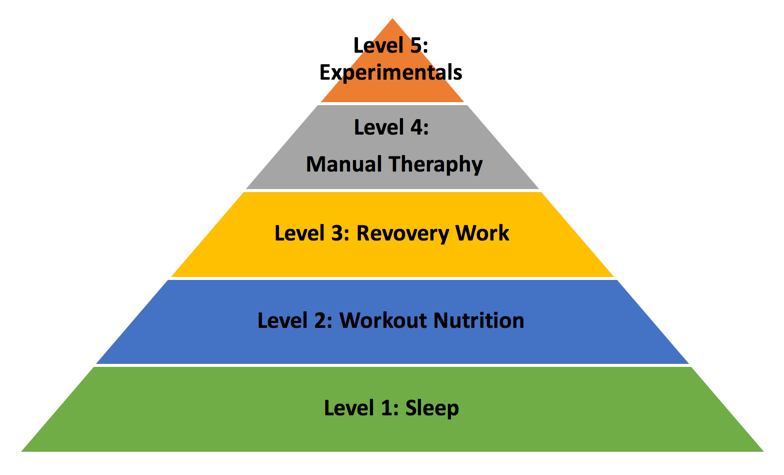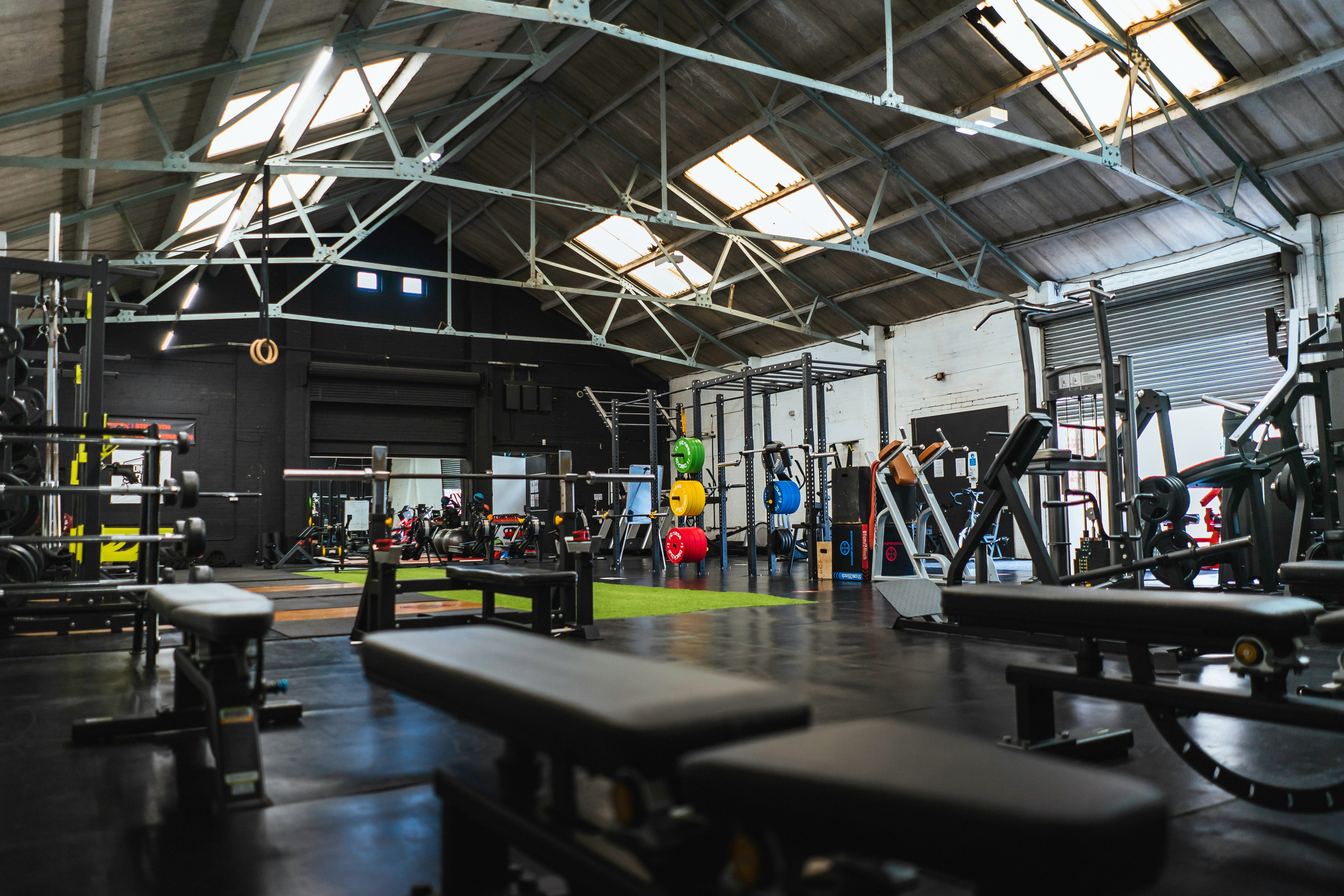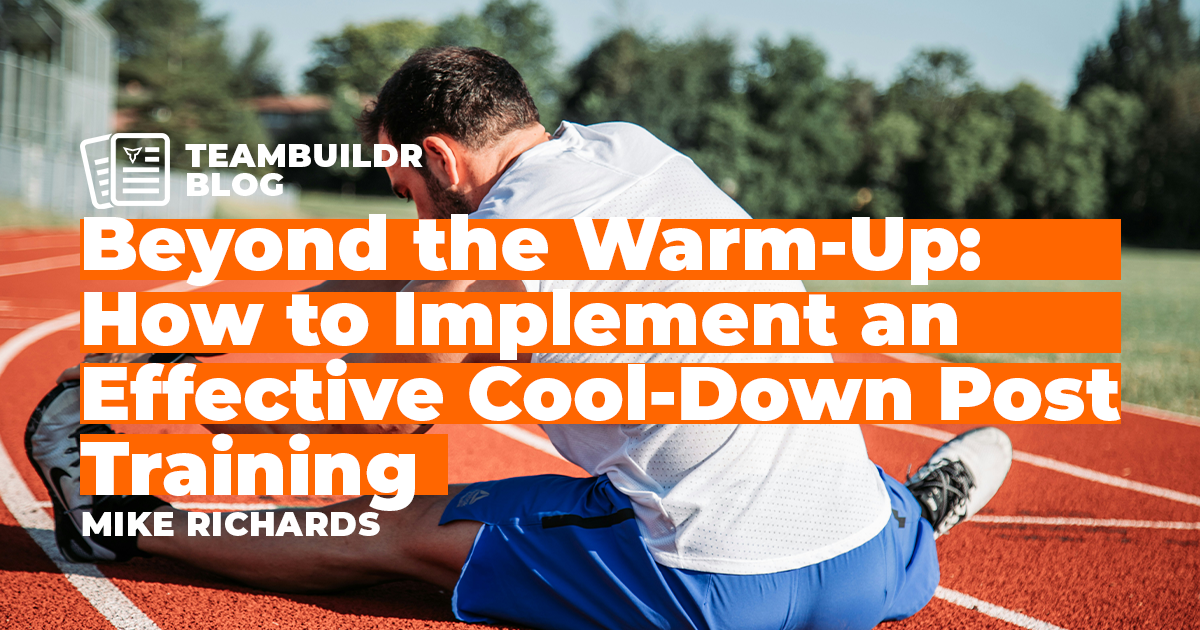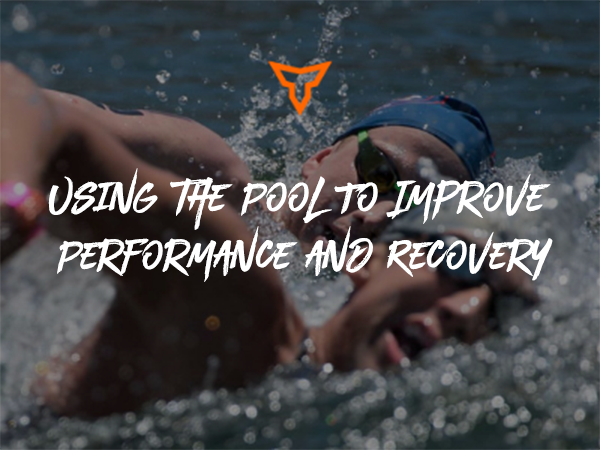Creating a "Culture of Recovery" Among Your Athletes
Have you ever experienced one of those dreams that was so powerful it woke you up from your deep and restful sleep?
One of those dreams that was so strong and vivid that when you woke up you weren’t sure if it really was a dream or was it real? One of those dreams that was so important that you decided to you have to make this dream become real as fast as you can? Well I have. Let me tell you about it.
The dream that woke me up in the middle of the night was that each and every one of the athletes I work with showed up to their training session, practice, and game ready to compete at the best of their ability. At the heart of the dream, it is really making sure they are recovered from their last workout, game, or adventure. And yes, this was an actual dream I had. I understand that it is nowhere near as sexy dreams of clean energy or ending world hunger that other people have had, but my dream of athletic recovery is something that can make an immediate and dramatic impact on the people that I get to work with every day. I also understand it also shows you how much of a coach (or nerd) I am. So without waking up my wife, I grabbed my nightstand notebook and pen and began to sketch out the ideas that came to me. At some point earlier that day, I must have been thinking about John Wooden, because the dream ideas came to life on paper looking like a pyramid.
The next day, I was talking to everyone that I could about making my dream real. When I say everyone, I mean everyone. From our athletic director, athletic trainers, professors, student-athletes, their coaches, my staff, and even the janitors of the building; I talked to them all. It was a whirlwind of trying to get people on board with making sure our athletes are properly recovered so they can show off their abilities. As you can expect, I received a bunch of blank stares, long blinks, and even heard “You wanna do what?” after I laid out the plan of making my dream of recovery become real. Most of those people were not even as close to my level of excitement and many actually tried talking me out of it. After all these are college student-athletes I am talking about. They live on a mixture of frozen pizza, ramen noodles, whey protein, and alcohol. They stay up late, supposedly studying but realistically playing video games, hanging out with friends, or simply being on their devices. They simply don’t care about recovery after workouts. Or at least that is what I was told.
Hearing all of these reasons didn’t change my mind, and to be candid I wasn’t expecting much more than a passive acceptance. After all, this was my dream not theirs. Here is an off topic friendly piece of advice: don’t ever think that someone else will support you or your dreams until you work to make them real. Now it was my time to get to work, so I started with the groups that I had some control of. My staff started getting homework assignments to research simple, yet effective things we could do to kick start the recovery process at the end of workouts. The athletes started seeing readiness questionnaires at the start of their workouts, basically to show them how their actions yesterday impacted their performance today. My staff and our athletic trainers started to use social media to put out a weekly video clip talking about athletic recovery and how it impacts performance.
Meaningful change doesn’t ever happen overnight, you have to work on it every day. It has to become part of your words, actions, and habits. Forcing my dream of having every athlete I work with to show up to their training session, practice, and game ready to compete at the best of their ability to become part of normal life was no different. Without realizing it, we started an advertising campaign and the student-athletes saw information on their workout cards, in their locker room, training room, weight room, every social media platform, and even were talked about recovery from their head coaches. Was all this work and effort successful? Sort of... There are still some people that simply don’t care. Yes, we haven’t reached them yet but it doesn’t mean we’ve given up either. On the other hand... There are more people than ever that are taking an active role in their recovery after training sessions, practices, and games. I wish you could see what they are doing, it almost brings a tear to my eye. Recovery work has become something that is simply part of what we do now. Just like low bar back squats, assisted sprints, resisted jumps, and power cleans are part of the program, so is recovery work. I try to keep away from saying the buzzwords that administrators use, but I’ve been officially told that this is now part of our culture. Their words, not mine.
In case you are wondering, below is the pyramid that I sketched out from my original dream. Well, not the original one. That is locked up in a safety deposit box, but this one is more refined and helpful anyway. Feel free to use it with your athletes, or you can go to this link for a copy of it as well.
Workout Recovery Tip Sheet
Level 1 should be done every day. Level 2 and 3 are just for workout days. Level 4 is for extremely challenging workouts and should not be used more than twice a week. Level 5 are things to only try after you have worked up from level 1-4.

Level 1: Sleep. When you are sleeping, it is when your body naturally repairs itself. How long you need to sleep is still debatable, but aim for increments of 90 minutes. So either make it 6 hours, 7 ½ hours, or 9 hours of sleep so you don’t interrupt your sleep cycle. For the best quality sleep try these tips:
- Avoid screen time for at least 30 minutes before you go to bed.
- Keep your room as dark as possible. Blackout shades are a great investment.
- Try to keep your room as cool as possible and have a warm blanket.
- If you need it, use a sound machine or sleep app.
- Magnesium supplements have some evidence that support better sleep quality.
Level 2: Workout nutrition. What you put eat and drink before, during, and after your workouts can greatly impact how well you recover. The starting with the fundamentals:
- Start off well hydrated. The basic guideline is drink about ½ of your body weight in ounces of water over the course of the day. For someone who weighs 150 pounds that would be 75 ounces, during the day.
- Get a head start. As little of a mouthful of a sports drink and some amino acids has been shown to improve post workout recovery.
- Easy does it. Contrary to popular opinion, if you are not working out in heat over 85 degrees or more than 90 minutes you probably do not need a sports drink. Water is highly recommended. If you do need a sports drink, about a mouthful every 15-20 minutes should do the job.
- Fuel your engine. For the best recovery, have the right mix of fuel after your workout. You have to read labels on this, but for every gram of protein you’ll also need 3 grams of carbohydrates.
Level 3: Recovery work. Being sprawled out on the couch after a hard workout is nice but does not really do much to help your athletic recovery. The best ways take a two part approach: get blood flowing through your body and relax your mind.
- Keep it basic. Spend 10 minutes doing a post workout foam roller and stretching program.
- Low heart rate activity. Keep your blood pumping by going for an easy walk, bike ride, yoga or anything else to keep your heart rate lower than 110 beats per minute.
- Breathe in….breath out. Calm the inner mind with spending some time with your feet up on a wall, practicing belly breathing, and listening to something that Bach composed or even meditations will help.
Level 4: Manual therapy. You can really help blood flow by using water or by changing your body’s temperature. With these ideas, a little goes a long way and more is hardly better.
- Contrast baths. Going from a very warm bath (80 degrees or more) or shower, into a relatively cold (50 degrees or less) bath is a shock to the system and can help recovery. Keep in the hot water for 90 seconds and just 30 seconds in the cold for 3 to 5 cycles.
- Epsom salt baths. Go to the drug store and pick up some Epsom salts and add a cup or two in a warm bath and go soak for 10 minutes. Bring a full water bottle or two to drink as the salt will dehydrate you as you soak.
- Sports massage. Your roller is a good start, and finding someone who can really work out the deep tissue in your legs or back is something completely else. Depending on where you go, you can expect to feel uncomfortable and some bruises afterwards.
Level 5: Experimentals. There are still some things out there that the science does not back up yet: they are just too new to be properly studied. Some people swear by these things, just proceed with caution and don’t do them too often.
- Acupuncture or dry needling.
- Grounding
- Cupping
- Whole body cryotherapy (freeze tanks).
- Electric muscle stimulation.
Subscribe to our blog
Subscribe to receive the latest blog posts to your inbox every week.
Related posts

The Benefits of Offering Recovery Services at Your Gym: How to Stay Ahead of the Competition

Effective Cool-Down Strategies: Post-Training Recovery

